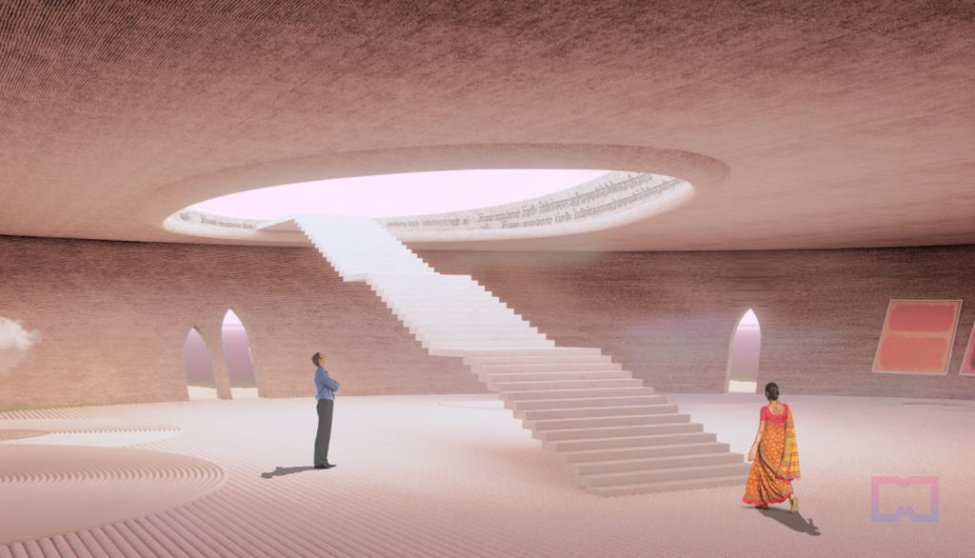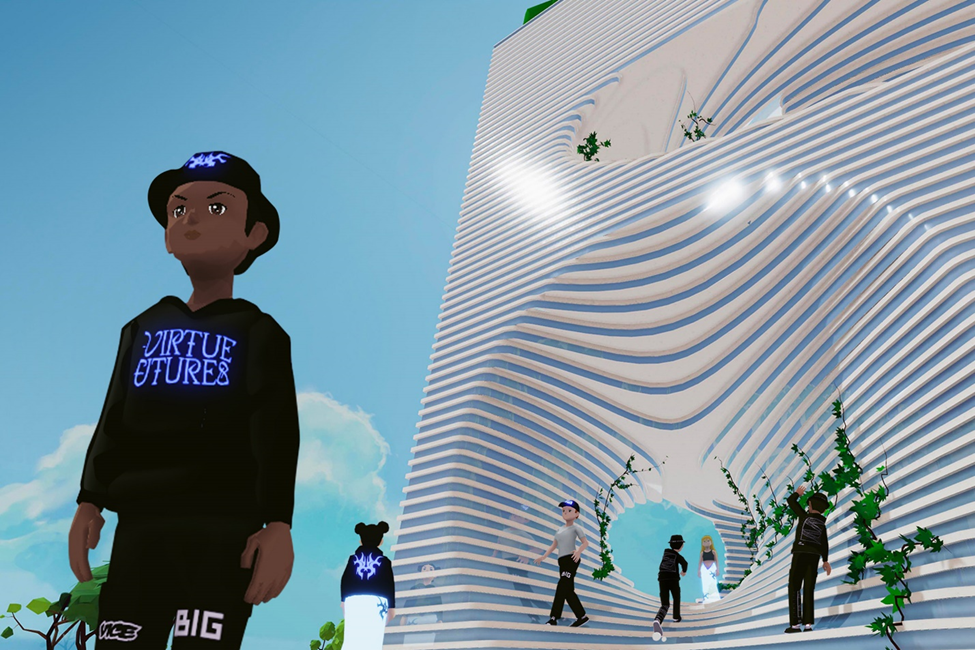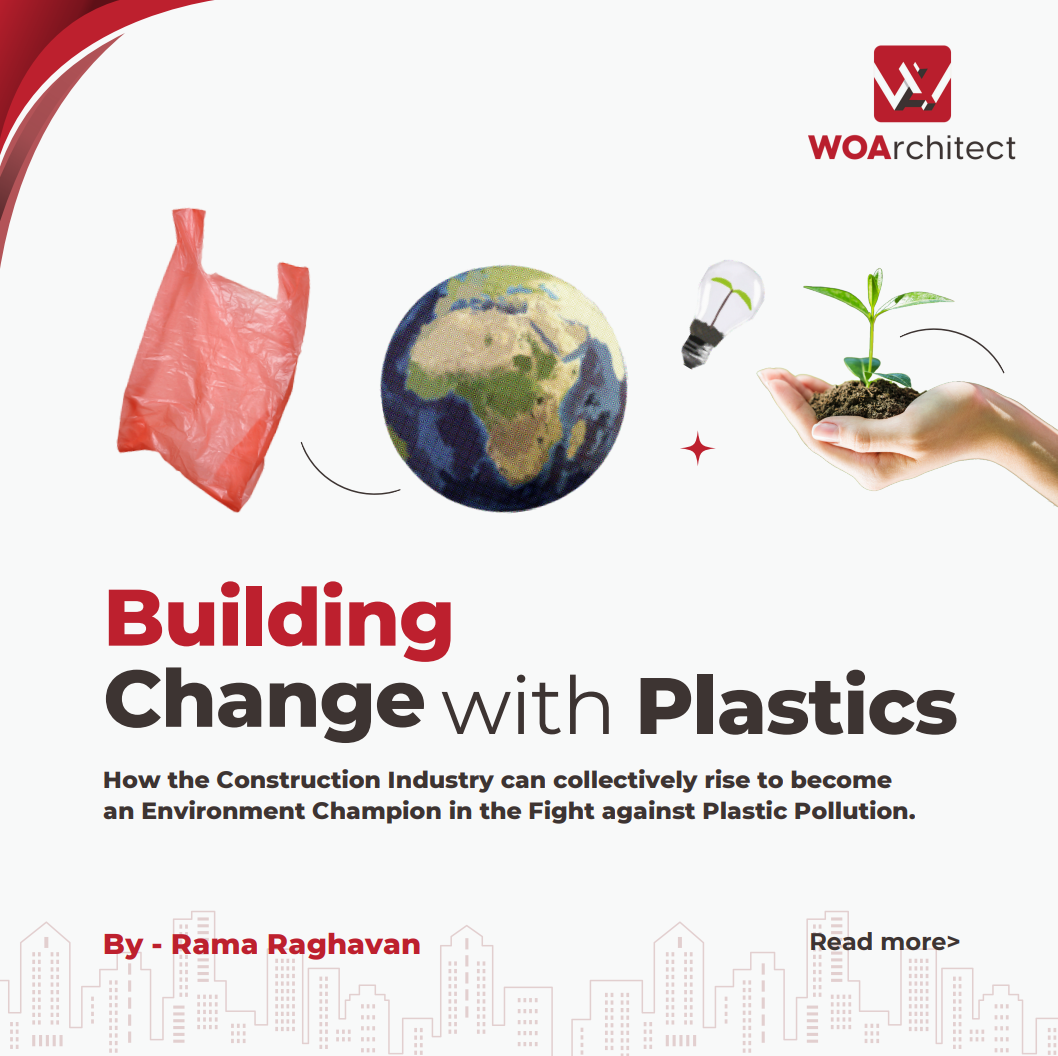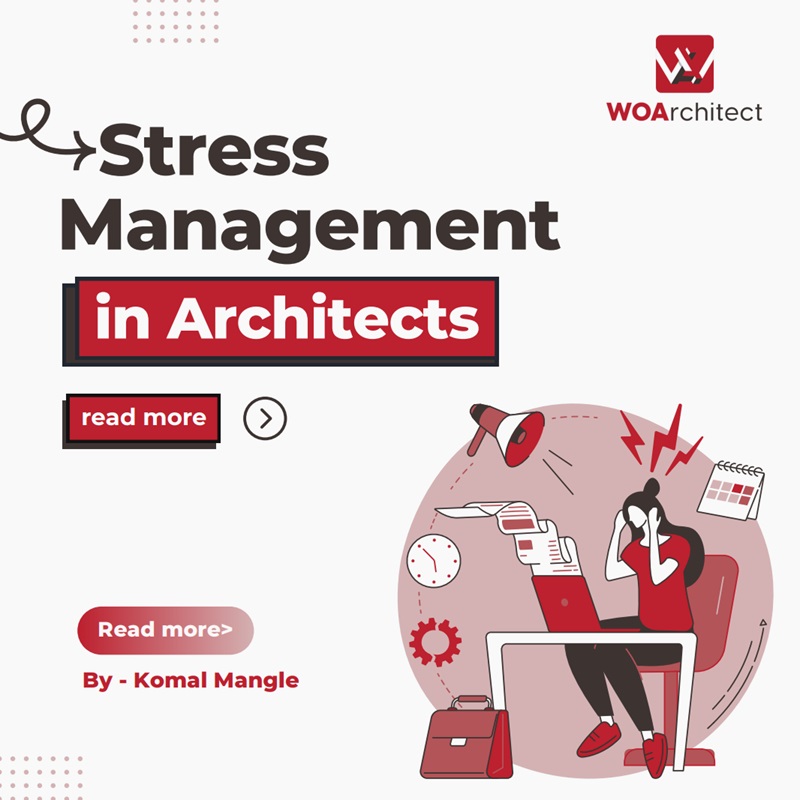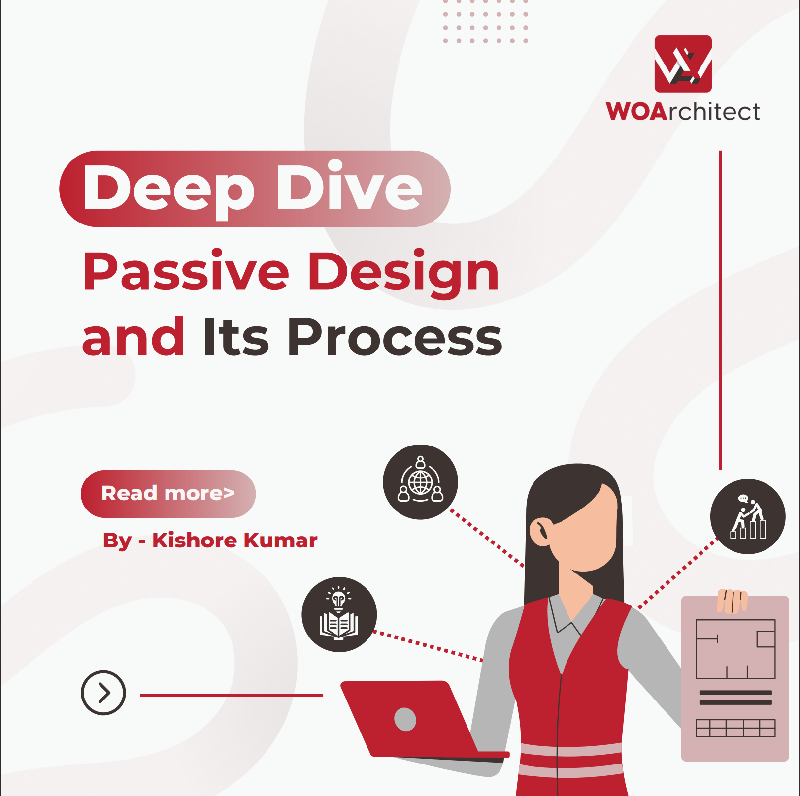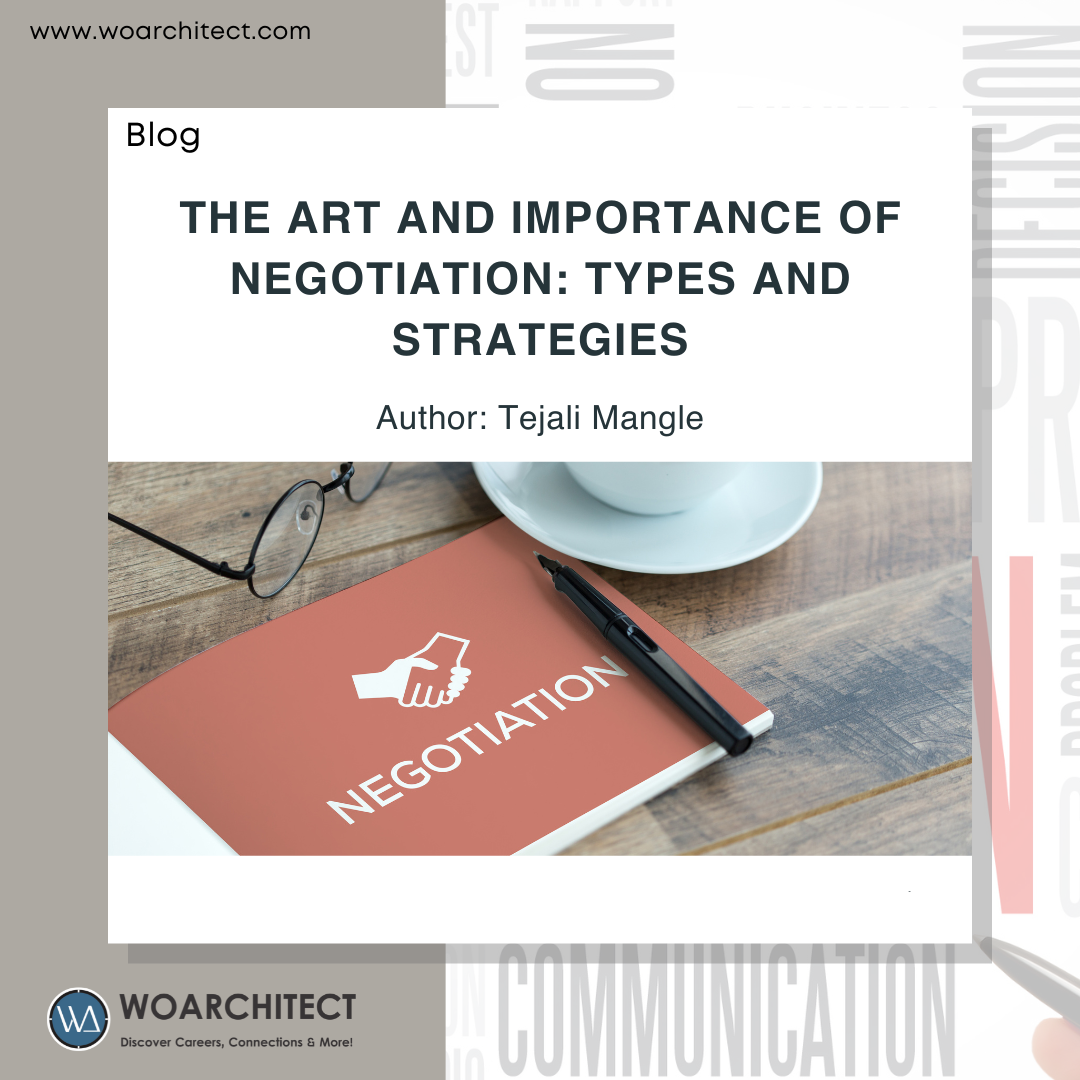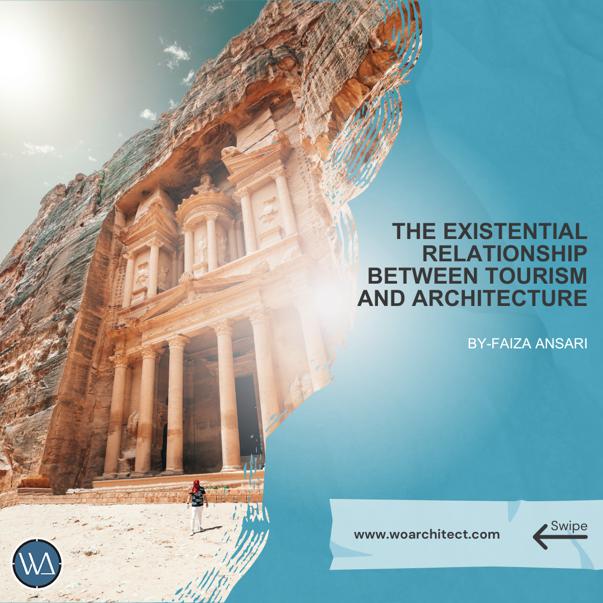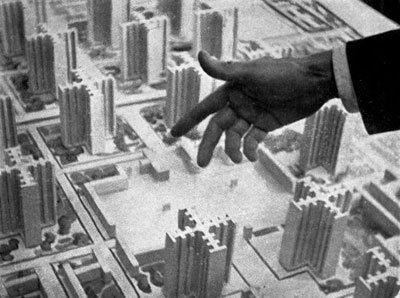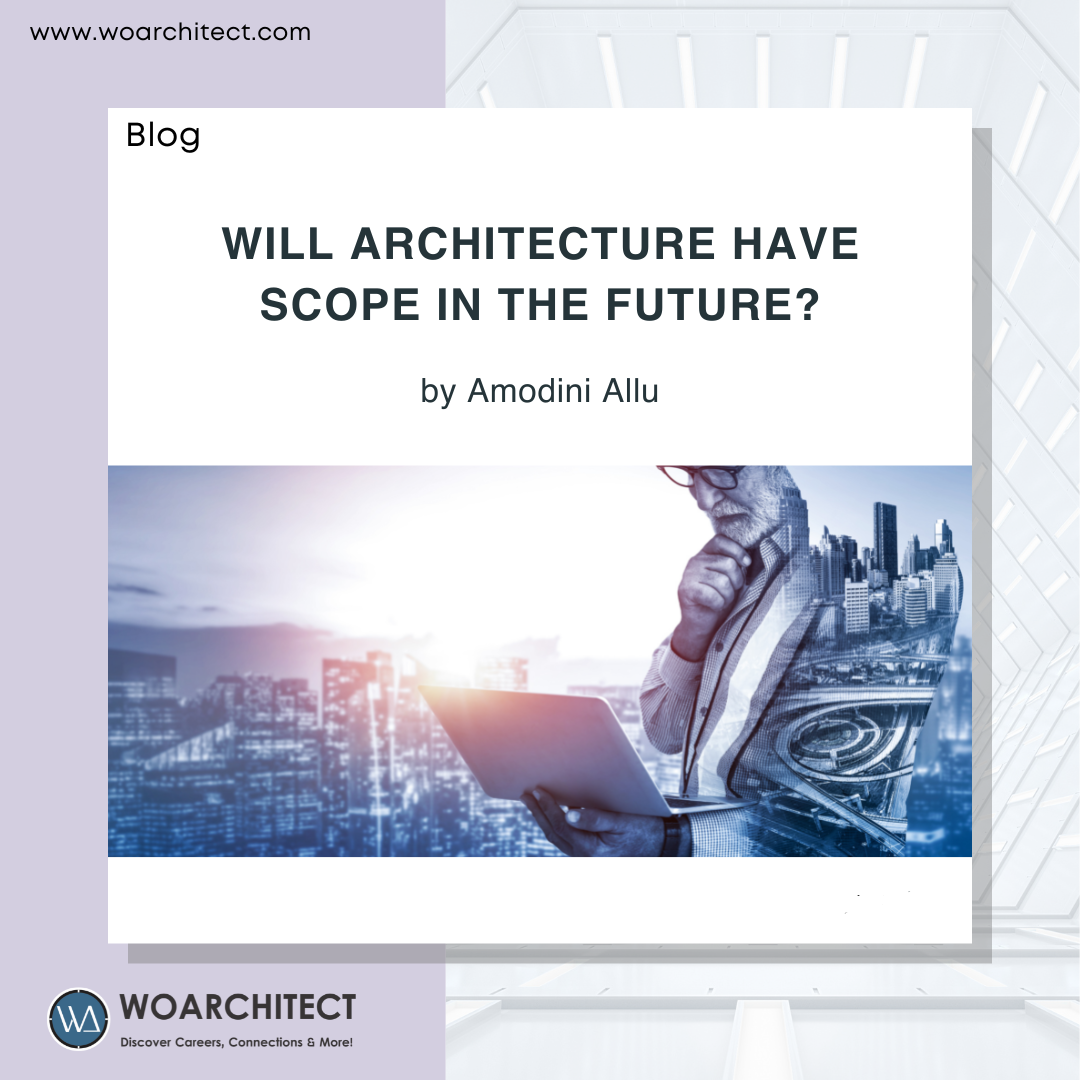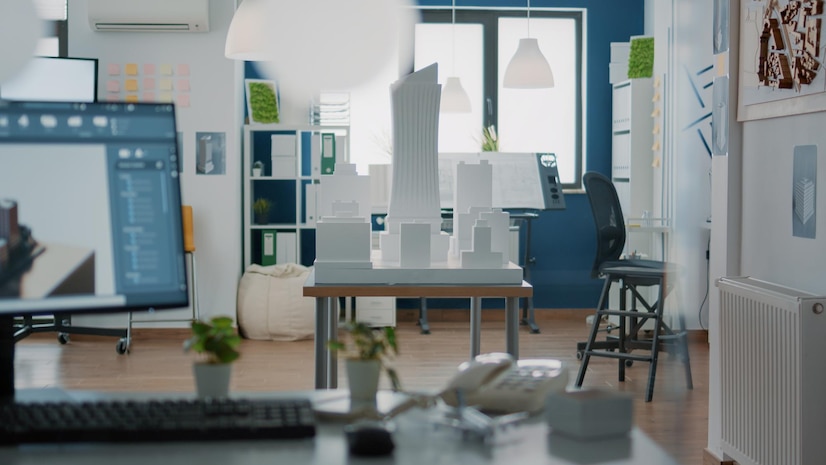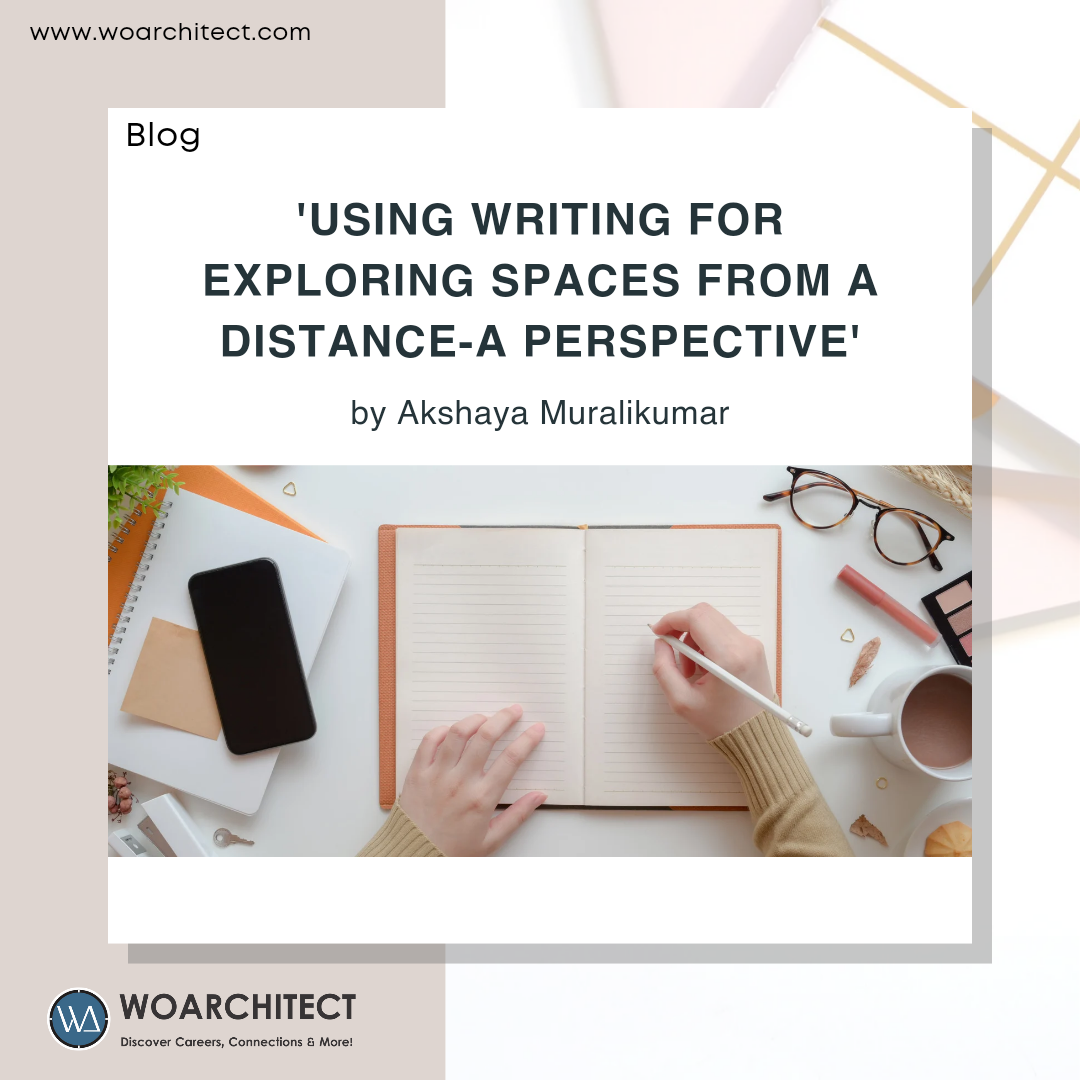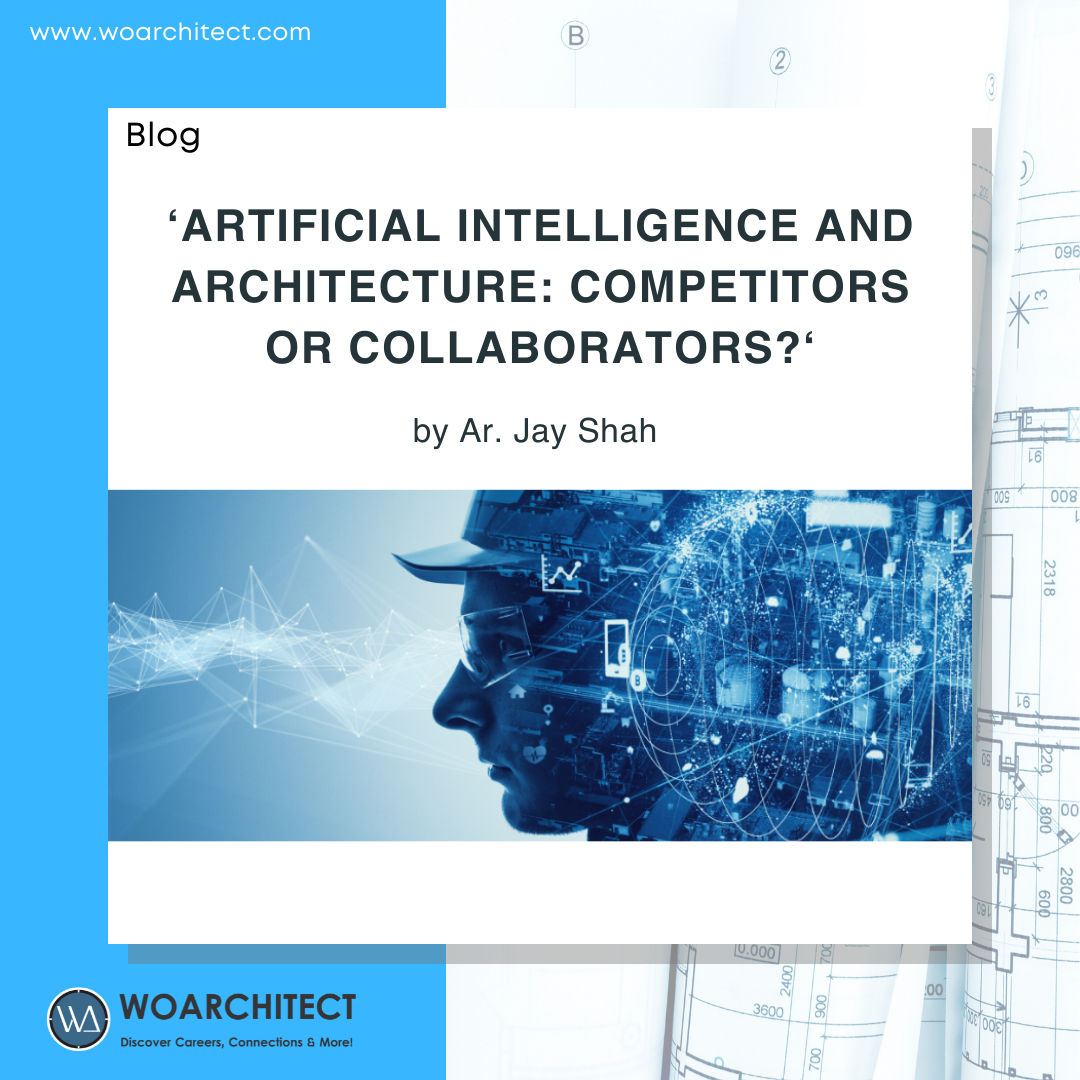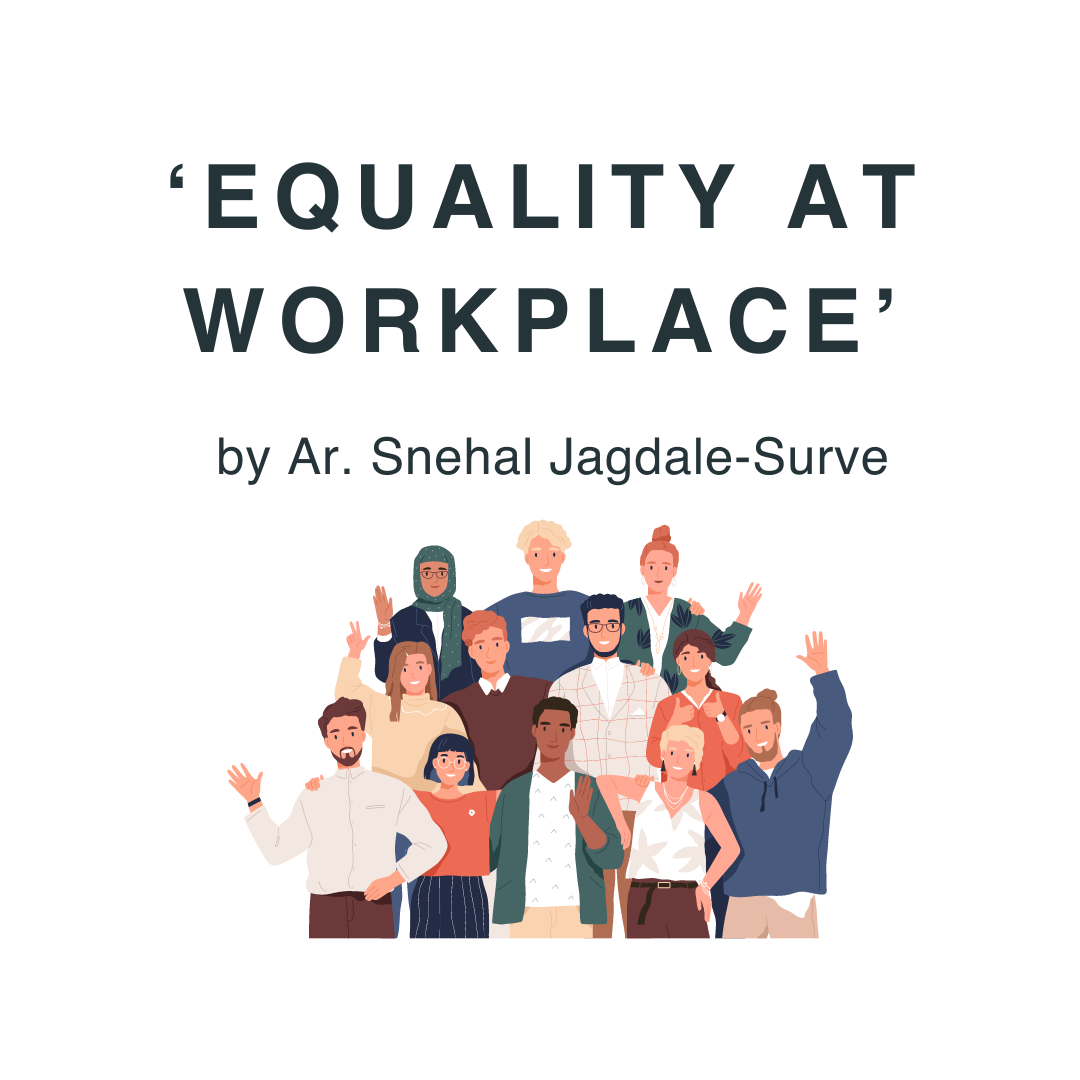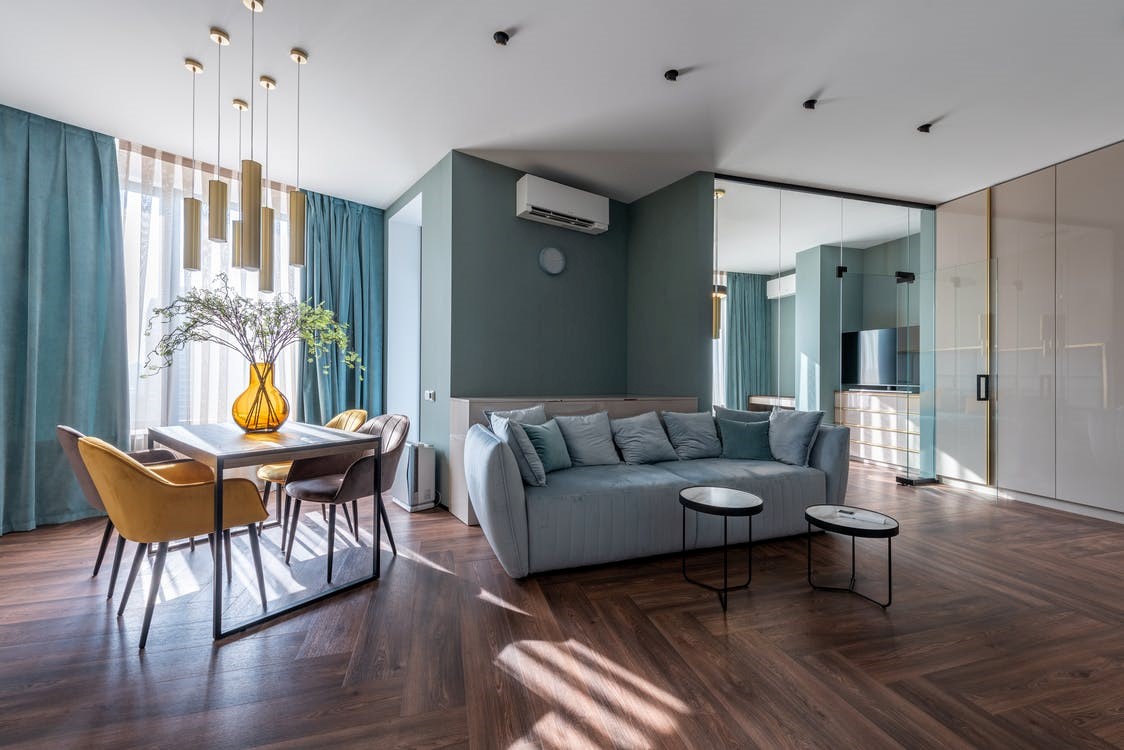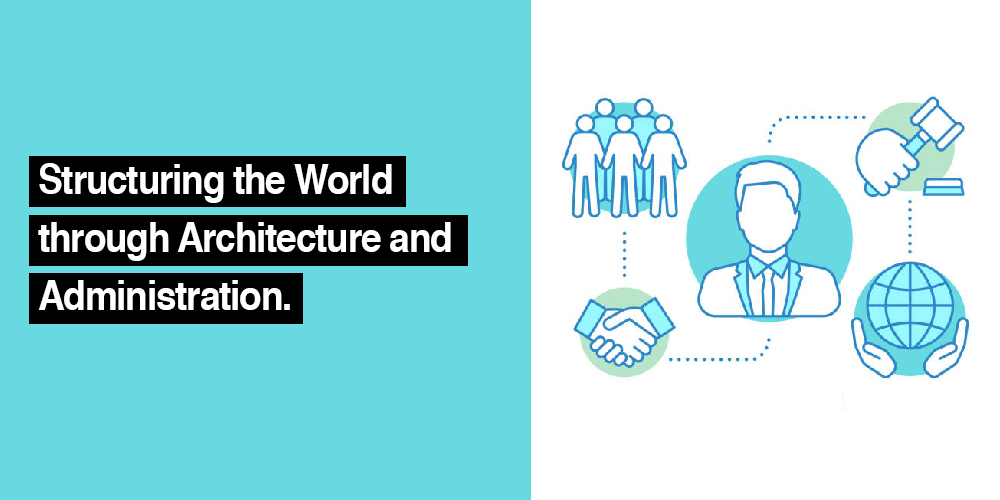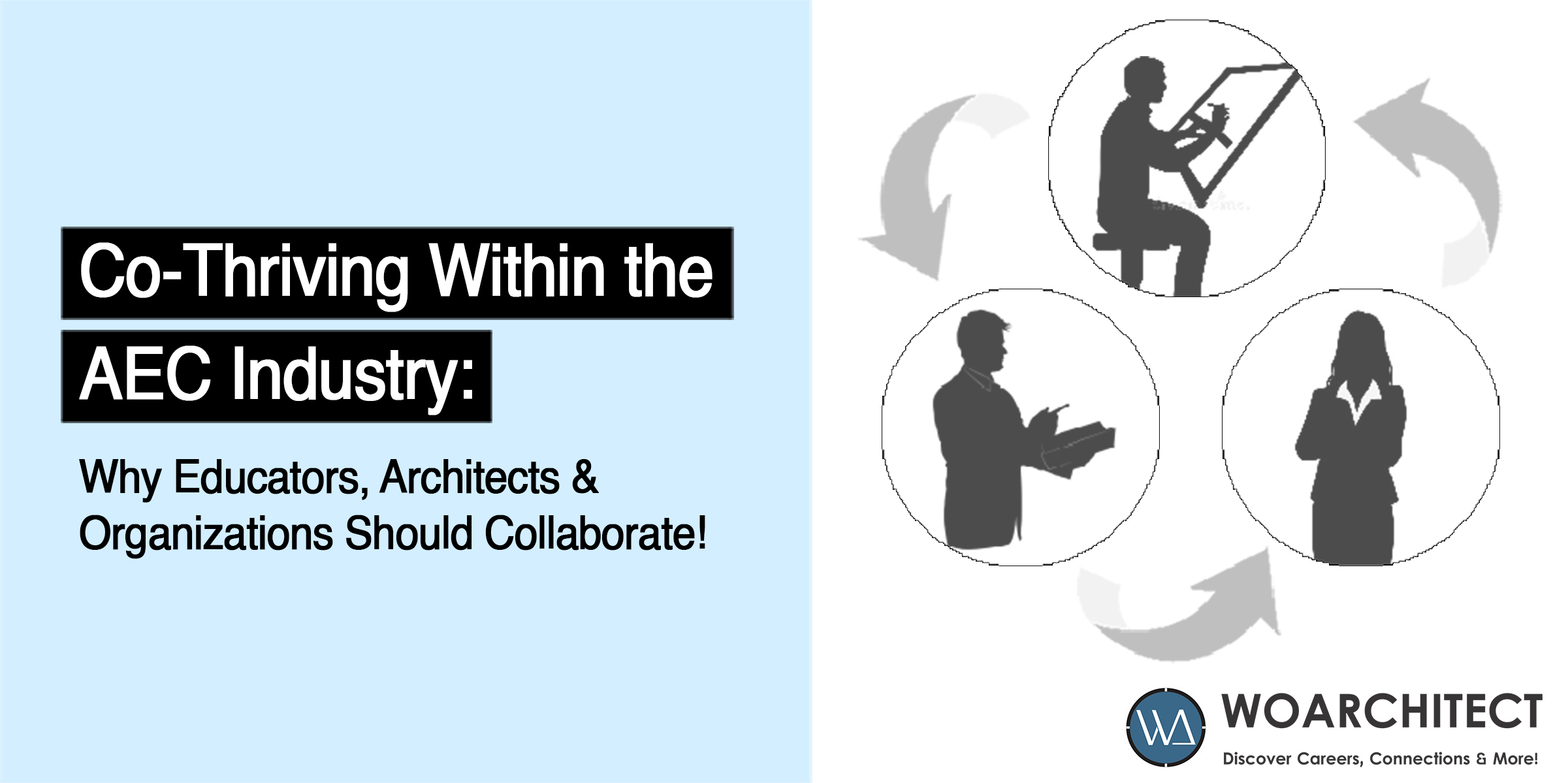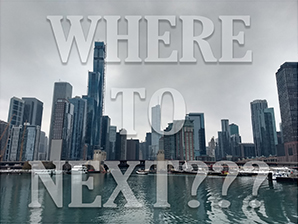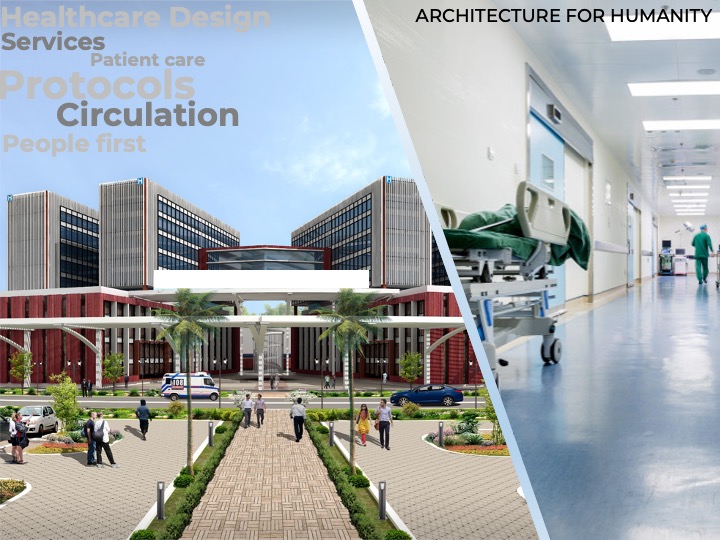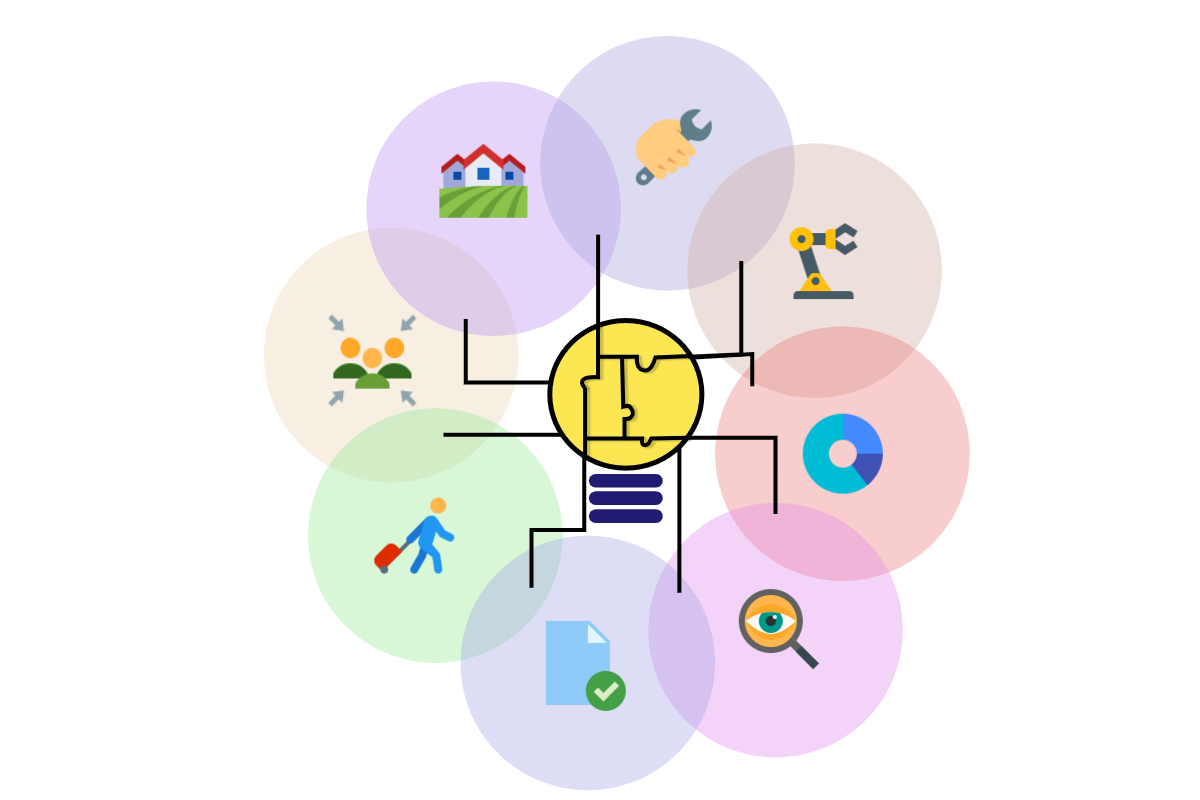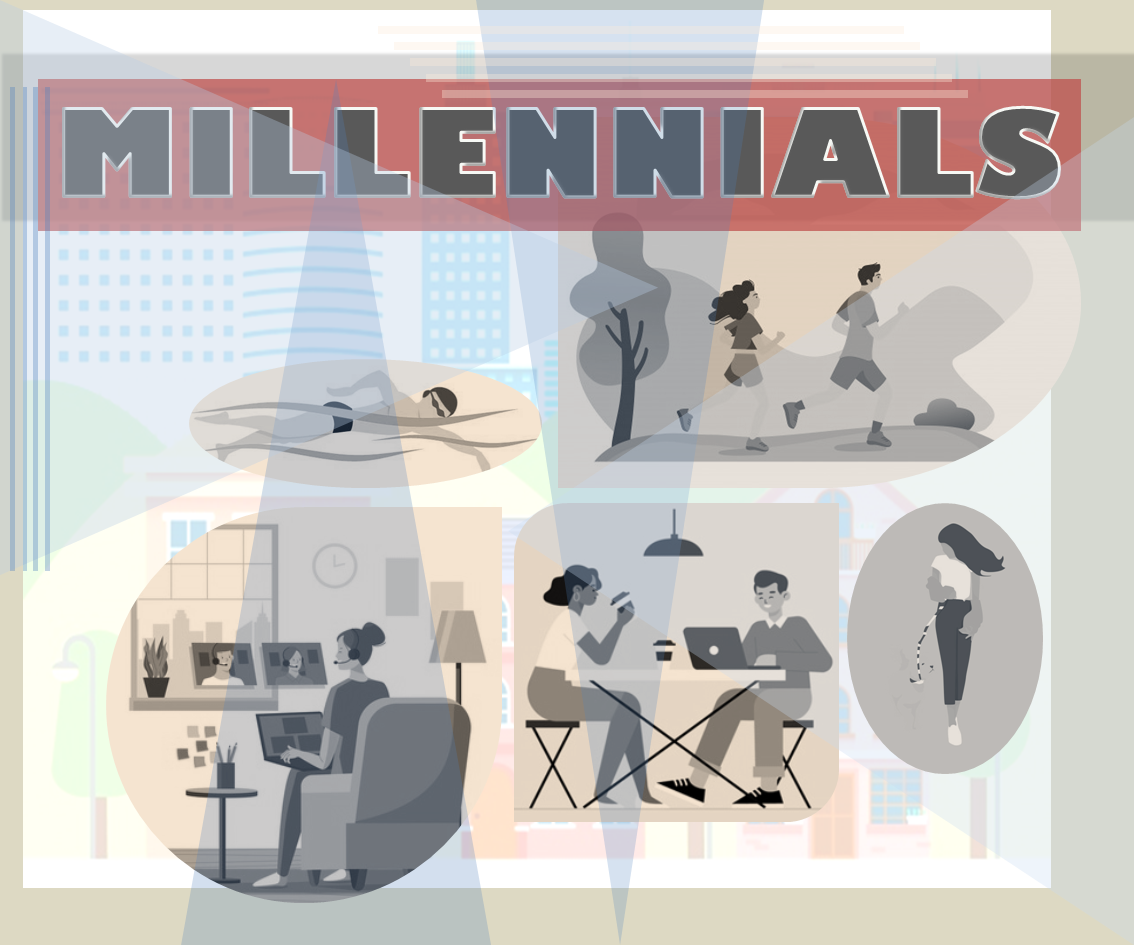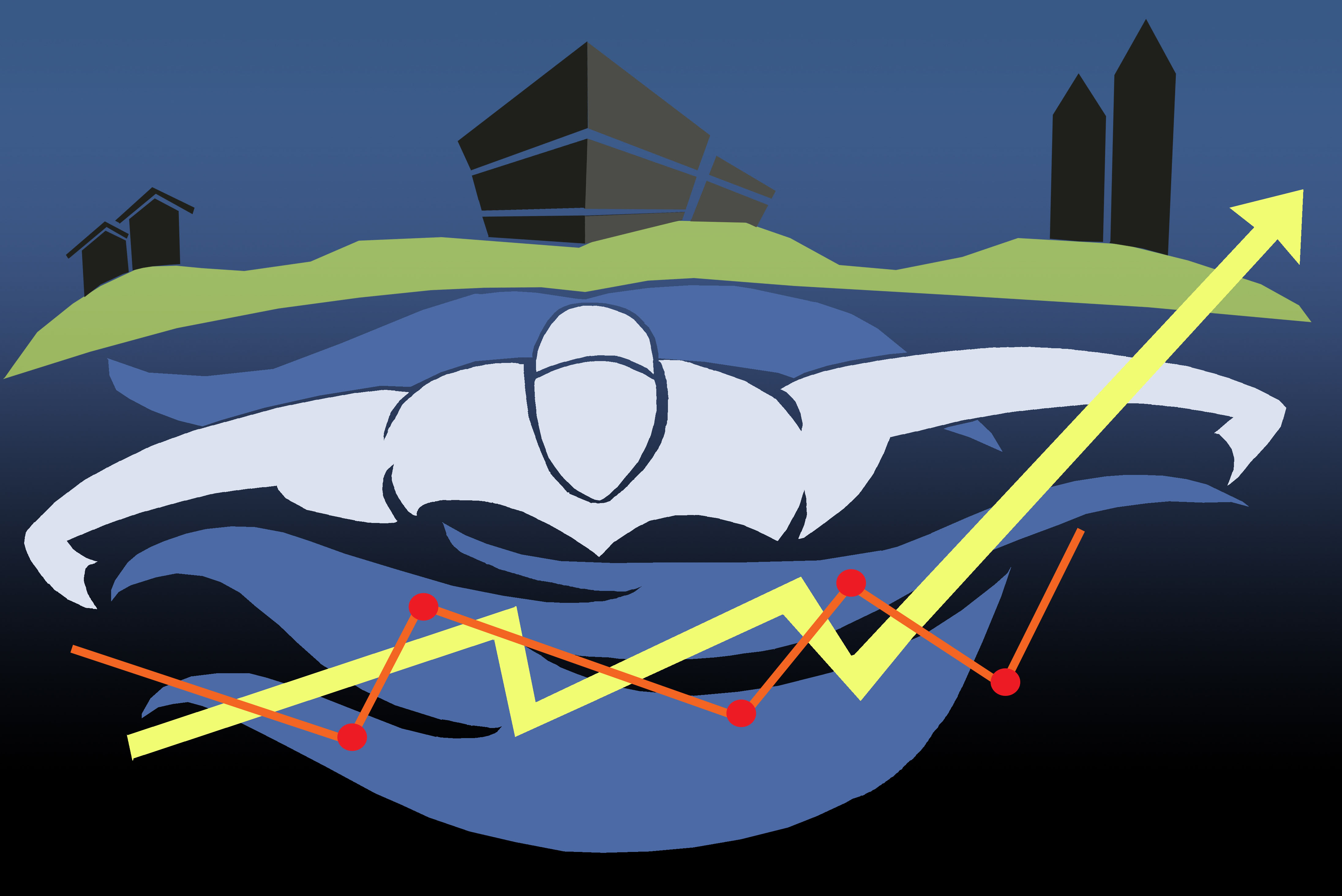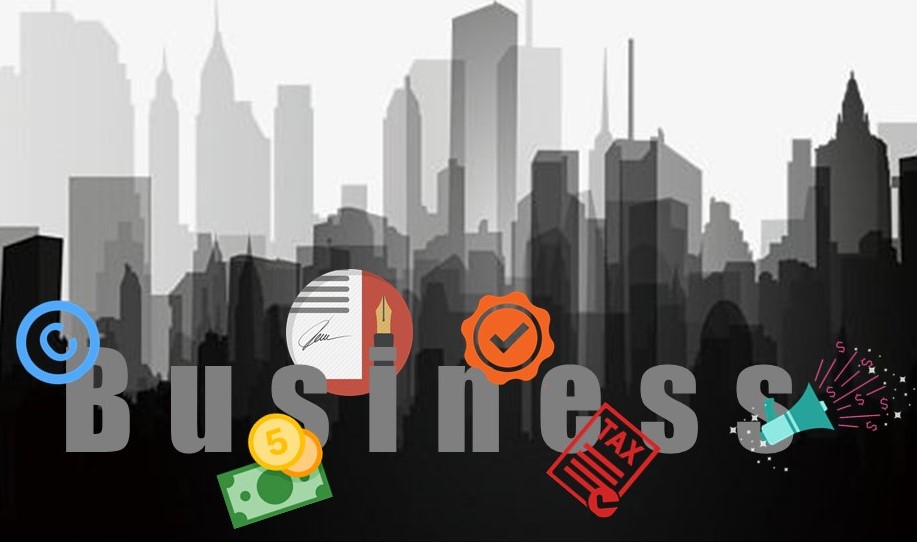
Metaverse: Hope or Hype?
Is Metaverse a hope for more revenue options for architects or just a marketing hype that will soon burst? However, if there is smoke from promising claims, then there is definitely fire in the promise. Explore all of your queries about Metaverse and its relevance to the AEC (Architecture, Engineering, and Construction) industry through the detailed write-up below.
The Metaverse, often described as a quasi-successor to the Internet, is a virtual domain where real-time interactions between individuals and their surroundings take place. Its conceptual roots can be traced back to Neal Stephenson's 1992 science fiction novel, Snow Crash, which introduced the amalgamation of "meta" and "universe." Within the realm of virtual architecture, the Metaverse holds profound significance as it promises to transcend physical constraints, elevate human experiences, and revolutionize the design and construction processes. This article aims to delve into the multifaceted nature of the Metaverse and its potential impact on the architectural industry, intertwining comprehensive information with an authoritative perspective, characteristic of a technical content writer well-versed in the subject matter.
Investigating the Potential of the Metaverse in Redefining Virtual Architecture
The Metaverse emerges not as a fleeting trend, but rather as a powerful catalyst poised to revolutionize the realm of virtual architecture. Its transformative potential is vast, allowing architects to transcend physical constraints and unlock new opportunities. Architects can enhance collaboration with clients, embrace dynamic design processes, create structures that adapt to changing needs, and explore sustainable solutions by leveraging the Metaverse. With this unprecedented chance to shape the future of architecture, architects are urged to seize the potential of the Metaverse, fostering interdisciplinary collaborations, and prioritizing inclusive and sustainable design principles. This paradigm shift presents an extraordinary opportunity to redefine the very essence of architecture in the digital age.
Virtual Architecture's Potential for Revolutionizing the Built Environment
The concept of the Metaverse holds immense potential for revolutionizing the field of architecture, enabling designers to break through the limitations imposed by physical constraints. In this virtual realm, architects have the freedom to create and explore innovative ideas without the restrictions of gravity, materiality, or budget.
It is important to highlight that this process serves as a valuable preliminary exercise to physical architecture, enabling clients to visualize and interact with the proposed design solutions. Architects will be able to present virtual architectural designs that not only capture the aesthetics but also consider the practical aspects of the built environment. This approach fosters collaboration and communication between architects and clients, leading to more refined and tailored designs that meet the client's needs while addressing the challenges of the physical world. For example, take a scenario where an architect and a client are exploring design options for a new residential project in the metaverse. Through shared virtual spaces, they can seamlessly collaborate and visualize various design elements in real-time. The client can provide instant feedback on different materials, color schemes, and spatial layouts, while the architect can make immediate adjustments based on their input.
A New Paradigm of Adaptive Design and Construction Strategies
Collaborative design processes within the Metaverse enable architects, engineers, and other stakeholders to seamlessly work together in real time, breaking down disciplinary silos and fostering a holistic approach to design. Furthermore, the Metaverse allows for the creation of dynamic and adaptive structures, where buildings can respond intelligently to changing environmental conditions and user needs. This opens up possibilities for creating flexible and adaptable spaces that can evolve over time, enhancing sustainability and reducing the need for constant reconstruction. For example, in the pre-construction stage, imposing on enhanced texture and visualization in the Metaverse can profoundly impact the planning and design process. Imagine a team of architects and engineers virtually walking through a simulated construction site, where they can not only see but also feel the textures of different building materials, such as the smoothness of marble or the roughness of exposed brick. With this immersive experience, they can make informed decisions about material choices, spatial arrangements, and aesthetics, resulting in more accurate and efficient design outcomes. Additionally, visualizing structures and spaces in a realistic virtual environment enables stakeholders to identify potential design flaws or conflicts before construction even begins, saving significant time and resources.
The Metaverse goes beyond the capabilities of conventional software tools used by green design consultants, such as daylight simulations and heat gain calculations. It provides architects with a comprehensive virtual environment where they can analyze energy efficiency, material usage, and environmental impact while simultaneously enhancing design development. Architects gain access to advanced simulations and data analytics, enabling them to push the boundaries of sustainable design and create more innovative and environmentally conscious built environments. This immersive platform fosters multidisciplinary collaboration, allowing architects, engineers, and stakeholders to seamlessly share expertise and contribute to the creation of sustainable architectural solutions that surpass the limitations of traditional software tools.
A Comprehensive Analysis of the Operational Dynamics of the Metaverse
The concept of the Metaverse, once confined to the realm of science fiction, has assumed increasing significance in light of technological advancements and the growing immersion of individuals in virtual environments. The Metaverse is a dynamic virtual environment that enables seamless interaction between individuals and digital entities. This immersive experience is made possible through the integration of advanced technologies such as virtual reality, augmented reality, artificial intelligence, and blockchain.
This ever-expanding notion of the Metaverse not only opens up new possibilities for immersive experiences but also enables transformative interactions with digital material. Through the seamless integration of multiple technologies, the Metaverse paves the way for innovative modes of communication, creative expression, and information sharing. It presents a fast-growing landscape with the potential to reshape societal dynamics and fundamentally change the way we perceive and interact with both the physical and digital realms.
A Critical Examination of the Challenges and Limitations of the Metaverse in Architectural Context
The concept of the Metaverse, while shrouded in mystery, offers a promising solution for architects grappling with the ecological and economic crises of our time. To optimize its potential, one intriguing possibility is to involve vendors and material suppliers, allowing them to contribute their own tools, plugins, and virtual models of real products. This integration would enable precise visualization and seamless integration within the Metaverse, opening avenues for material innovation and comprehensive testing before launching in the real world. It presents a powerful bridge between the virtual and real worlds of architecture.
In order to harness the full potential of the Metaverse, architects and industry experts must grapple with these challenges and limitations. Through a deliberate examination and proactive approach to the below considerations, architects can ensure the creation of virtual architectural spaces that embody principles of inclusivity and respect.
Ethical and Social Considerations
The Metaverse can impact our behavior in real life by blurring the boundaries between virtual and physical experiences. It may shape our social interactions, alter our perception of personal space, and influence our priorities and values. Legal implementation refers to the development and enforcement of laws and regulations to govern activities within the Metaverse. The legal implementation of the Metaverse in the future involves establishing regulatory frameworks to address various aspects, such as privacy, intellectual property, and digital rights. Laws regarding virtual property ownership, user protection, and jurisdictional issues will likely evolve to ensure accountability, security, and fair governance within the virtual realm.
Technical and Practical Constraints
The Metaverse's realization in architecture also faces technical and practical hurdles. Infrastructure requirements must be met to support the seamless functioning of virtual environments. Robust networks, servers, and computational power are essential for creating immersive experiences within the Metaverse. Furthermore, integrating the Metaverse with existing systems and technologies poses a significant challenge. How can virtual architecture coexist and interact with physical structures and urban landscapes? How can the two realms be harmoniously blended to create a hybrid built environment that offers the best of both worlds?
Conclusion
In conclusion, the concept of the Metaverse stands at a pivotal crossroads, captivating our imagination with its promises of a new frontier for virtual architecture. While some may view it as mere hype, dismissing it as an ephemeral trend, its potential impact cannot be underestimated. The Metaverse represents a new hope, a gateway to limitless creativity and possibilities for architects and designers. It holds the potential to break free from the constraints of physical reality, enabling the exploration of innovative design methodologies, collaborative processes, and immersive experiences.
Yet, as with any transformative concept, challenges and limitations exist, ranging from ethical considerations to technical constraints. The Metaverse presents a thrilling journey of discovery, inviting us to delve deeper into its intricacies and potential. As we set off on this exploration, we must embrace a thoughtful and critical approach, ensuring that the Metaverse is harnessed in a manner that respects inclusivity, sustainability, and human-centered design principles. The future of virtual architecture is intertwined with the Metaverse, and it is our collective curiosity and drive for innovation that will shape its trajectory.
References:
- https://www.frontiersin.org/articles/10.3389/fpsyg.2022.1016300/full
- https://blog.vaulthill.io/the-smart-city-urban-planning-of-the-metaverse-3c292d153703
- https://webtribunal.net/blog/metaverse-facts/#gref
- https://www.topsinfosolutions.com/blog/metaverse-architecture-the-future-of-technology-is-here/
- https://www.tatlerasia.com/homes/architecture-design/speculative-architecture-designers-metaverse
About Author:
Yusuf Usmani is a Freelance Architect and content developer. After graduating from Integral University with a bachelor’s in Architecture, Yusuf went on to pursue content development and writing as his profession. With a diverse writing portfolio in multiple niches, he is most excited about the developments in the tech and design industries. If Yusuf is not writing, then surely he must be working on some product design ideas.
Email - yusufusmani910@gmail.com
LinkedIn - https://www.linkedin.com/in/yusuf-usmani-a44714204/
